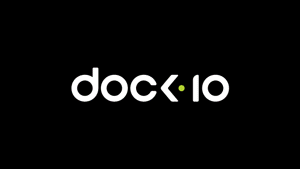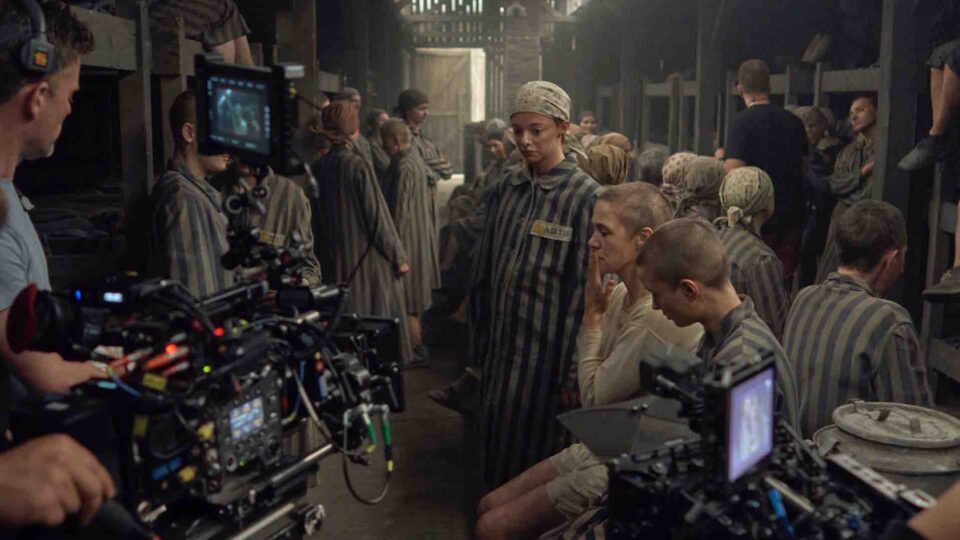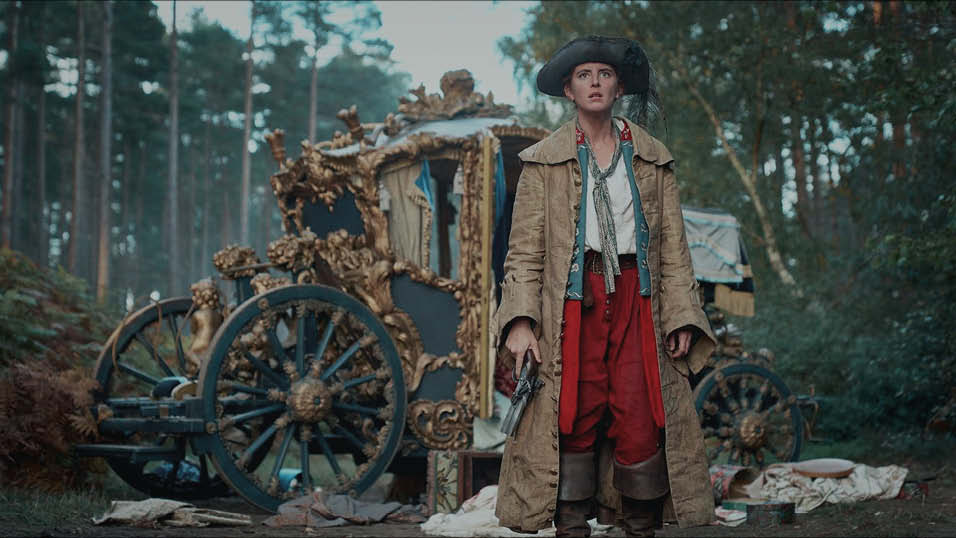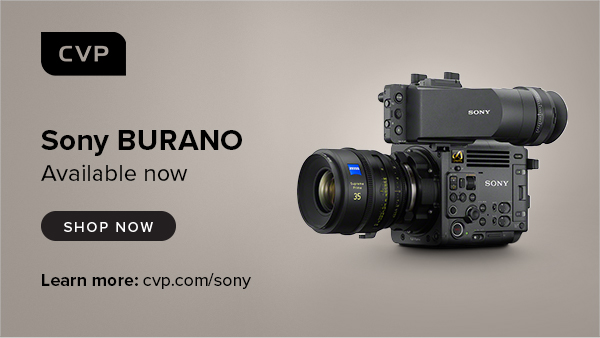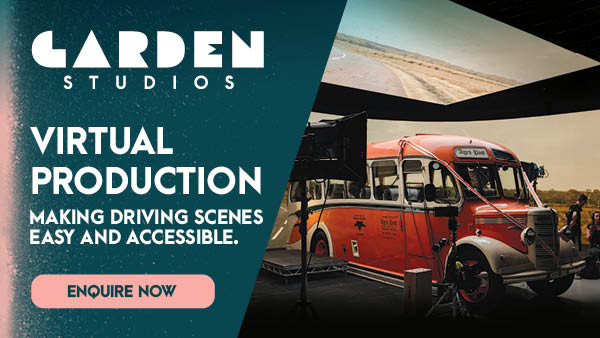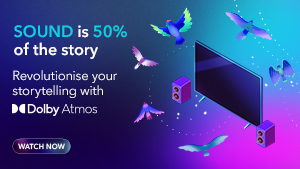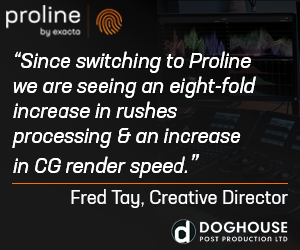Toby Low, Partner and md of MerchantCantos on the growth of the sponsored documentary
Since the 1930s, corporate business has sponsored the production of documentary content. In fact, pre-WWII, a large proportion of British documentaries produced for theatrical release, were funded by government or private industry.
So, sponsored documentary produced as a medium for engagement with the public is nothing new. But we are amid a resurgence. Technology advances and the internet have meant that audience appetites and expectations have become substantially more sophisticated.
Viewers are increasingly accepting of lines being blurred, and documentary content being ‘paid for’, so long as the trade-off has integrity and authenticity with the brand.
Add to that the relative cheapness of producing documentary-style branded content against a full-blown TV advert and you can quickly see why it has developed a firm foothold in the brand communications toolbox.
Going with the long-flow
The received wisdom in the age of social media tells us that everything needs to be quicker, shorter, snappier, squarer, that we lose audience attention after 2 minutes and that the first 7 seconds are critical to engagement. But this has much more to do with the platforms these messages are being consumed on, rather than any real proven erosion of attention spans.
In fact, growing evidence tells us that while shorter content gets more eyeballs, longer form content gets more search engine results and social shares. In terms of real engagement, this is where the wheat gets sorted from the chaff.
This is also being reflected in the market with more and more brands opting for longer form content to tell their stories, and more platforms enabling longer form content (classed as anything upwards of 8 minutes) to be shown.
Even Instagram, the pioneers of the 15 second video, are now pivoting towards long form video. Last summer Instagram released IGTV, a new app for watching up to an hour of YouTube-style video content.
The truth is, both short and long formats have their value, depending on what you want to achieve, with short form driving clicks and awareness, while longer form drives engagement with your mission, values or cause.
A case in point
MerchantCantos proven this very successfully in 2018 with the release of a feature length documentary produced for The Tianqiao and Chrissy Chen Institute; founded to support young scientists and ground-breaking brain research. The Institute wanted a film that would showcase the advances and opportunities in brain science as well as highlight the need for broader support to unlock the full potential of the human mind.
Initial discussions focused on creating a corporate promotional film – but it soon became clear that the opportunities to tell a bigger, more dramatic story were far too great to miss. After extensive research, the MerchantCantos team developed a full-length documentary, one that saw us journey across the US, UK and China, interviewing leading scientists, researchers and their patients in some of the world’s top medical institutions.
The result was Minds Wide Open, an extremely successful 60-minute feature documentary, that, since its release on Discovery USA and China in August 2018, had been screened to over 14 million viewers.
In the first 4 weeks, the Minds Wide Open team saw a 600% increase in visitors to the TCCI site, over half a million views of the film trailers through LinkedIn and YouTube, 22,000 clicks through to the Minds Wide Open microsite and more than 7m impressions of the (digital) ads.
Minds Wide Open evolved from a very particular set of circumstances. Not every company can or should be making a feature length documentary to drive engagement, but it’s proof that there’s a strong case for telling bigger stories about brand, mission or purpose.
So, should corporates be getting behind this longer-form film trend?
Absolutely. But it doesn’t mean just creating a longer ad or sticking the company’s CEO in front of a camera for 20 minutes. It means shifting your focus to put your audience and credible storytelling, rather than your brand message or product, first.
In the case of Minds Wide Open, this was an inspiring and very human story about the wonders of brain science, rather than an informational or promotional film about what the Chen Institute is trying to achieve.
This is the main perception shift that needs to happen in corporate film, and one that has been happening in the consumer communications space already for some time.
As one leading creative exec put it: “We need to stop interrupting what people are interested in and become what they’re interested in instead"
Know your landscape
A critical part of shifting from short to long-form includes knowing your storytelling landscape. It should be credible and one you inhabit. One in which you know the peaks and troughs, the pitfalls and the hazards. And it should be a landscape in which you have your audience’s permission to occupy. Tick these landscape boxes and you strike communications gold. Gamble with unchartered terrain, work outside your area, and you risk losing trust and alienating your audience, as last year’s Kendall Jenner Pepsi advert disastrously proved.
AMEX identified its storytelling landscape brilliantly with its hour-long documentary Spent: Looking for Change – an investigation into the 17 million ‘unbanked’ Americans who had fallen out of the banking system and forced to rely on check cashers to provide basic financial services. The result was a genuinely compassionate look at a serious financial problem, a problem that AMEX was far enough removed from, yet knowledgeable about to be able to draw attention to with rectitude. A perfect match.
Equally, UBS struck content gold with its year-long editorial platform Unlimited – which saw media partnerships with Vice, Monocle and Vanity Fair to produce long-form content and films asking questions around themes such as ‘does wealth make us rich?’, that mapped changing attitudes to wealth. The 20-minute film Nashira, produced in partnership with VICE, won several awards.
By identifying themes that they could authentically talk about, these companies were able to move beyond product and services and use the power of film to demonstrate purpose, credibility and thought leadership instead.
The long and short of it
There will always be a need to communicate end-of-year-results and executive statements, but is your brand missing a trick with film and could you be harnessing it more effectively to tell richer, fuller stories about your company and its purpose?
If the content is there, if the creative tools are available, then surely you have a licence (an obligation?) to mine deeper, exploring the facets of your business that lie beneath the top layer. Afterall, just scratching the surface makes one itch for more.
Toby Low
Share this story



